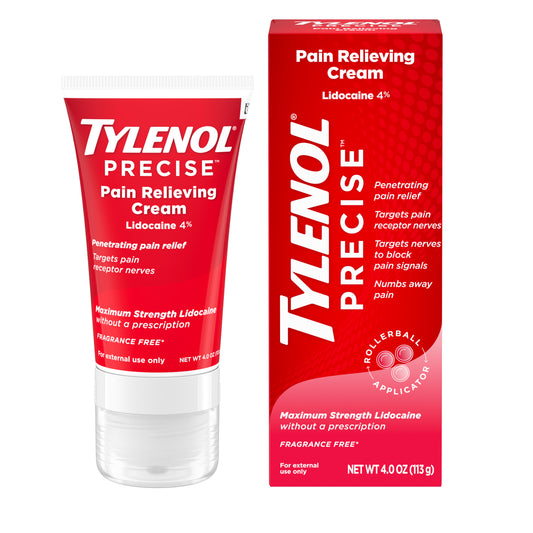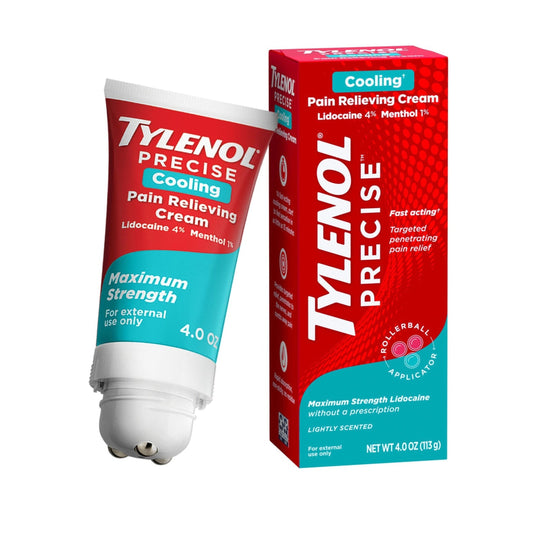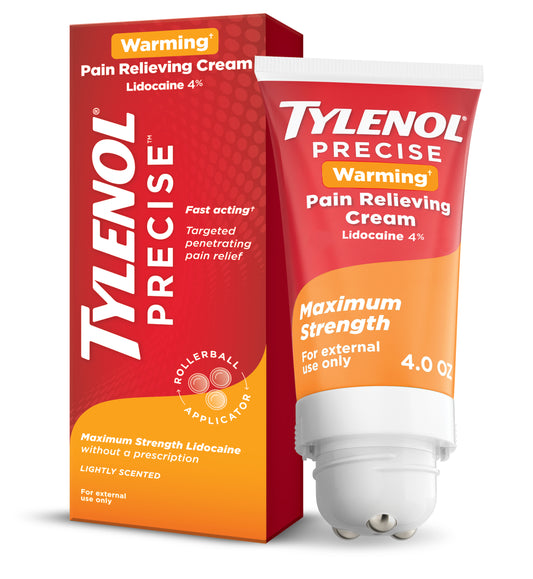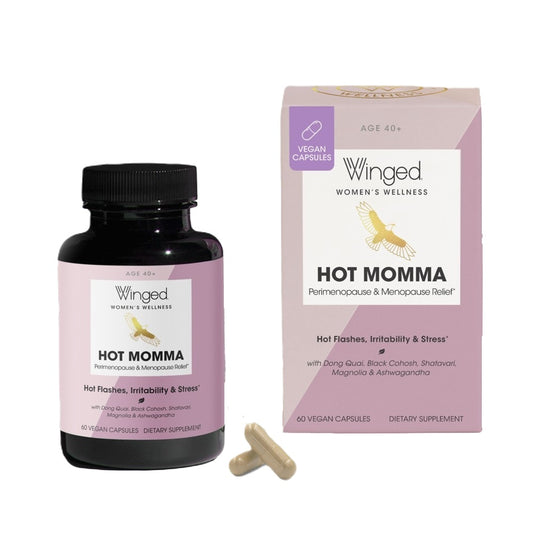-
Vendor:Tylenol
Precise 4% Lidocaine Pain Relieving Cream, Fragrance Free, 4 oz.
Regular price $12.99Regular priceUnit price per -
Vendor:Tylenol
Precise Cooling Pain Relieving Cream, Maximum Strength Lidocaine & Menthol, 4 oz.
Regular price $12.99Regular priceUnit price per -
Vendor:Tylenol
Precise Warming Pain Relief Cream, Fast-Acting, Maximum Strength Lidocaine, 4 oz.
Regular price $12.99Regular priceUnit price per -
Vendor:HUM Nutrition
Fan Club Menopause Supplement, 30 Capsules
Regular price $40Regular priceUnit price per -
Vendor:Winged Wellness
Hot Momma Menopause Support Supplement, 60 Capsules
Regular price $22Regular priceUnit price per

Q&A with Dr. Liss
Will joint pain from menopause go away?
Learn
Your body’s asking for support. We’re here to help.
From stiffness to swelling, we’re here to talk about what’s really going on — and how to feel stronger and more mobile.

Q&A with Dr. Liss, OB-GYN
What can I do to relieve menopause joint pain?
Does arthritis impact joint pain during menopause?
What can I take for menopause joint pain?
What are your tips for how to treat menopause joint pain?
Are there tips on how to prevent osteoporosis after menopause?
How can physical activity help with menopausal joint pain?
How can I reduce pain and improve my range of motion during menopause?
Can rheumatoid arthritis symptoms worsen during menopause?
What are some anti-inflammatory foods that can help with menopause joint pain?
How can I keep my joints healthy during menopause?
Why do my muscles feel sore or stiff during perimenopause and menopause?
What is osteopenia vs osteoporosis?
What are some natural remedies or lifestyle changes for menopause joint pain?




















